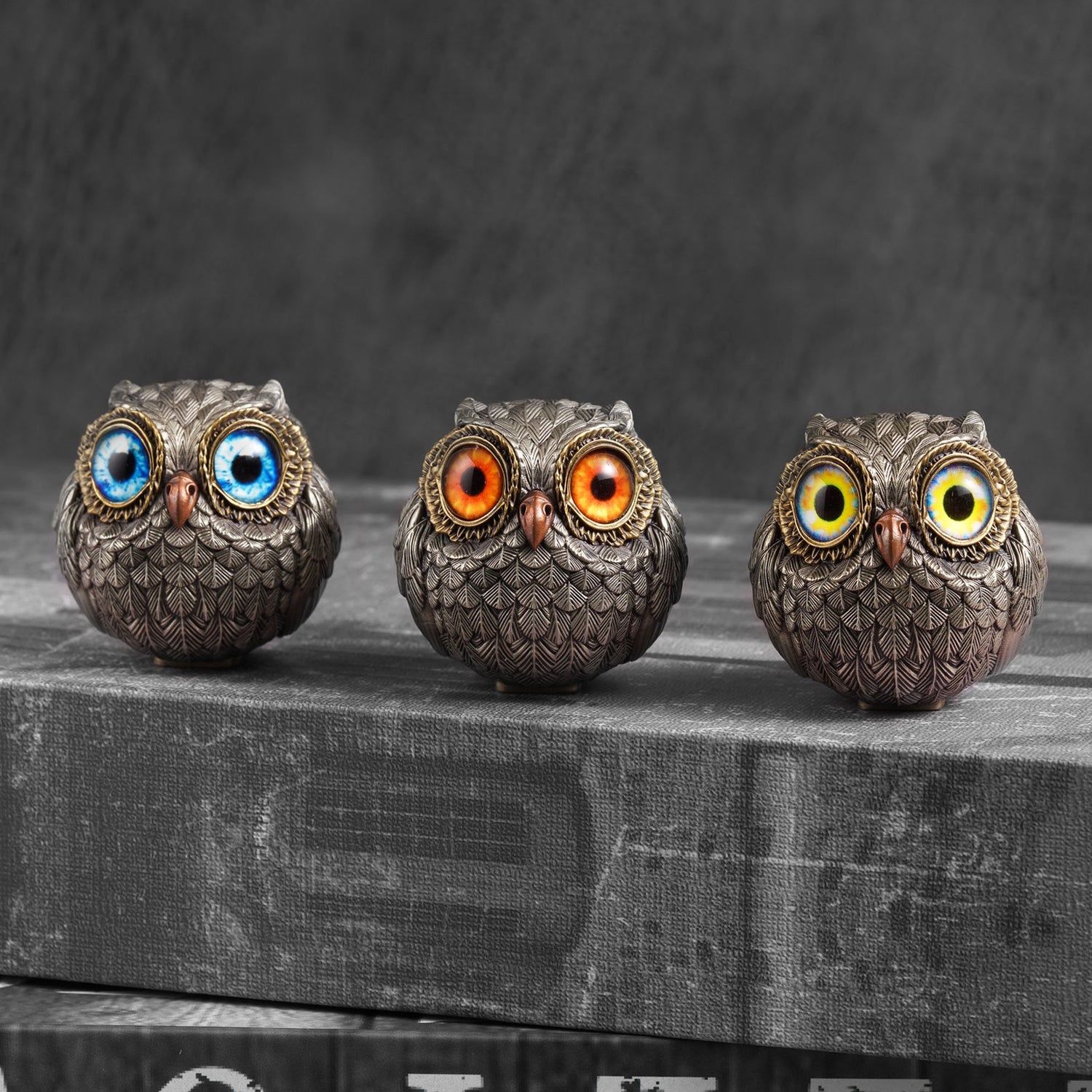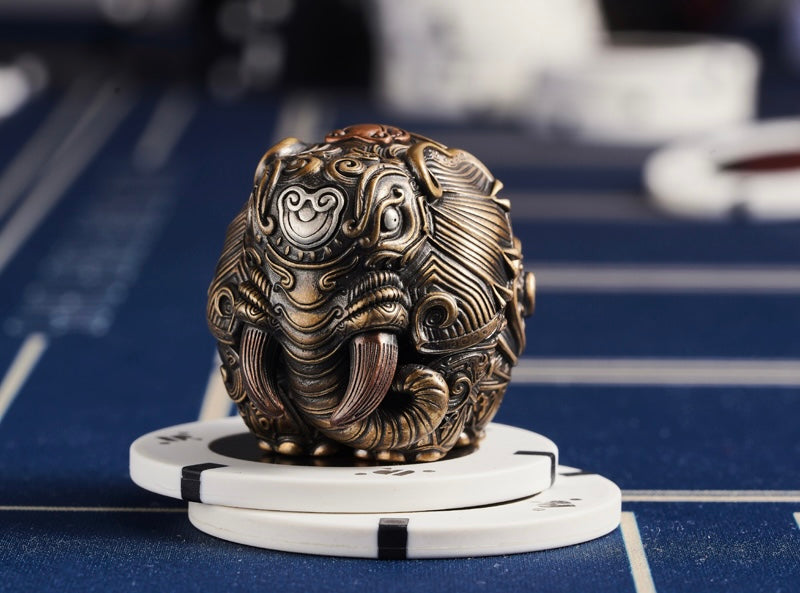At first glance, a poker card guard might look like a tiny, inconsequential trinket. But to anyone who's spent time at a poker table, this little item holds a significance far beyond its size. More than just a tool to keep cards safe, a poker card guard is a symbol—a piece of flair, a silent message to opponents, and even a source of personal comfort. It’s surprising how much a simple object can enhance not only your game but also your presence at the table.
Picture this: you’re in the heat of a high-stakes poker game. The room is buzzing, tension hangs thick in the air, and every decision counts. You glance down at your poker hand, then, with purpose, place a small, weighted card protector over it. It’s more than just a precaution—it’s a way to claim your space, to ensure your cards stay yours, unbothered by the chaos around you. And, perhaps without even realizing it, you’ve added a new layer to your game: a personal ritual that strengthens your focus and confidence.
Why Use a Poker Card Guard for Hand Protection?
Protecting Your Cards with Confidence
At its core, a poker card guard is there to keep your hand protected. With so much action happening at a busy poker table, even the most skilled dealer can sometimes reach for cards they shouldn’t. A card guard is a gentle reminder that your cards are still in play—a clear “hands-off” signal for everyone around.
Imagine you’re mulling over your next move when, out of nowhere, the dealer, thinking you’ve folded, reaches for your cards. In that split second, all your careful calculations could vanish if it weren’t for the small poker accessory resting on your hand. A card guard offers peace of mind, ensuring your cards remain safe until you’re ready to act.
Guarding Against Accidental Exposure
Poker is a game where information is precious. The last thing you want is for someone to accidentally glimpse your cards, even for a split second. A card guard can keep your cards anchored face down, even if you momentarily shift your attention or step away from the table.
This small layer of hand protection preserves your edge, ensuring you control what your opponents see—and what they don’t. Sometimes, knowing that your cards are secure can free you to focus entirely on the game, without the constant worry of a slip-up.
Poker Strategy: A Tool for Psychological Warfare
Poker is as much about mental strategy as it is about cards, and a poker card guard can subtly enhance your psychological tactics. The right one can project confidence, disguise your true intentions, or even become part of a strategic pattern that only you control.
-
Projecting Confidence: A bold or unique poker card guard can leave an impression. Some players choose eye-catching designs or meaningful symbols, which can quietly communicate confidence and self-assurance, hinting to opponents that they’re facing someone who knows the game—and knows themselves.
-
Disguising Intentions: Savvy players sometimes use their card protector to throw off opponents. A player with a strong hand might use an unassuming guard, while a weak hand might be paired with a more intimidating piece. The goal? To keep opponents guessing and never quite certain of your next move.
-
Creating and Breaking Patterns: Some players adopt specific card guards in certain situations, crafting subtle patterns over time. Clever players, though, know the power of breaking these patterns at key moments, keeping opponents on their toes and adding an element of surprise when it’s needed most.
Personal Power and Focus: The Emotional Side of a Card Guard
For many, a poker card guard is more than just a functional tool—it’s a personal talisman, a comforting piece of familiarity that keeps them grounded during intense moments. Here’s how a card guard can influence your own mindset:
Boosting Confidence
Some players have that one card protector that feels almost like a lucky charm—a small item that reminds them of past wins or their own skills. Having that comforting object on hand can reinforce your belief in yourself, giving you the confidence to play with clarity and boldness.
Reducing Stress
The stakes in poker are high, both emotionally and financially. When pressure mounts, having something familiar and steady, like a card guard, can bring a surprising sense of calm. Knowing it’s there, resting over your cards, allows you to stay focused on the game without being overwhelmed by the tension around you.
Enhancing Focus
Keeping your concentration sharp is essential in poker, and some players find comfort in grounding themselves by touching or glancing at their poker card guard before making a big decision. This simple ritual can center your thoughts, keeping distractions at bay and ensuring that every choice you make is deliberate and focused.
Types of Poker Card Guards: Choosing the Right Fit for Your Game
Poker card guards come in all styles and designs, each one adding its own touch to the game. Whether you're looking for a best poker card guard for beginners or a personalized accessory that shows off your style, here are some popular choices to consider:
-
Metal Coin Card Guards: These are classics for a reason. Made from durable metals like brass or copper, they have a satisfying heft and can be customized with engravings, quotes, or personal symbols. Many players feel grounded by their weight and find comfort in the tactile connection.
-
Patina Sculpture Card Guards: If you appreciate artistry, a patina sculpture card guard brings elegance to the table. With designs inspired by animals, mythical creatures, or meaningful symbols, these mini artworks combine protection and sophistication, enhancing the ambiance of any poker game.
-
Themed Card Guards: For those who love personal expression, themed card guards let you showcase interests like movies, sports, or pop culture. Whether it’s a beloved movie character or your favorite team’s logo, themed guards bring a piece of your personality into the game, adding a touch of fun.
-
Custom Engraved Card Guards: Personalization at its finest, custom engraved card guards are for players who want something one-of-a-kind. Mark special moments, express yourself, or add symbols that resonate with you. They’re practical but carry a sentimental weight, making them a thoughtful gift for fellow enthusiasts.
-
Vintage Poker Chip Card Guards: If you’re nostalgic for the classic poker days, a vintage poker chip card guard offers charm and history. With designs inspired by old casinos or timeless poker symbols, these guards are for players who appreciate the heritage of the game.
-
Luxury High-End Card Guards: For those who enjoy the finer things, luxury poker card guards crafted from precious metals or adorned with gems are both a statement and a treasure. Beyond functionality, they speak of success, style, and a love for the game’s elegance.
-
Simple Functional Card Guards: For players who prefer understated tools, simple card guards are practical and straightforward. They offer the same level of protection without drawing extra attention—perfect for those who value function over flair.
FAQ: Common Questions About Poker Card Guards
To help you get the most out of your poker card guard, here are answers to some frequently asked questions:
- What is a poker card guard used for? It’s a small accessory designed to protect your cards from being accidentally picked up or exposed.
- Can a poker card guard improve my game? Absolutely. It adds a layer of security, reduces stress, and can even serve as a confidence booster or psychological tool.
- What makes a good poker card guard? A good guard should be durable, have a comfortable weight, and ideally, reflect something personal or meaningful to you.
- How do I choose a poker card guard? Think about your style, comfort, and what you find motivating at the table—whether it’s a simple design or a unique, themed guard.
- What are popular designs for poker card guards? Metal coins, patina sculptures, vintage poker chips, and custom engravings are popular choices for players of all styles.














